
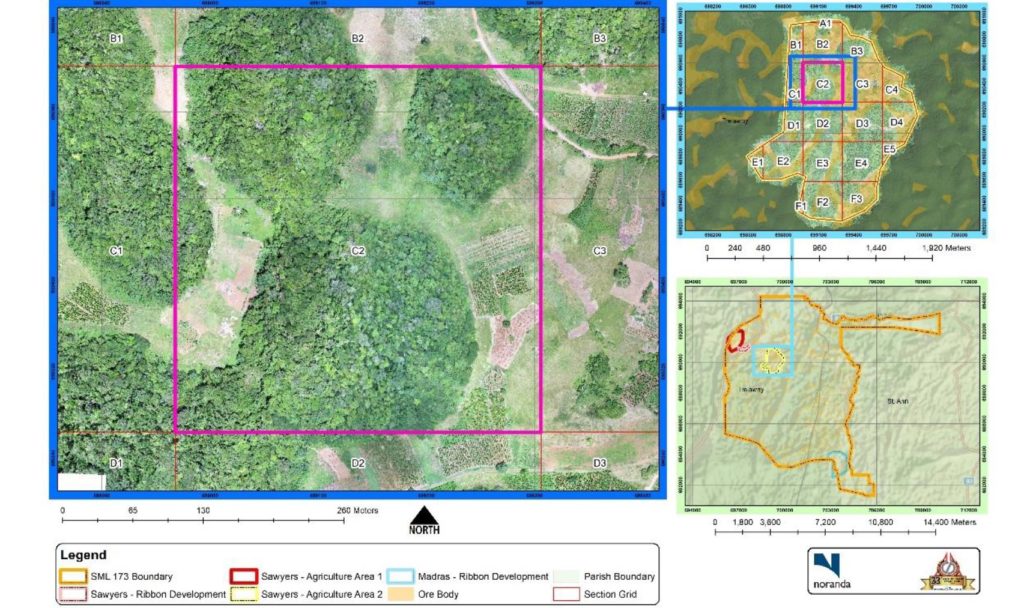
The cockpit country stakeholders, which are a grouping of local environmentalists, have rejected the final Environmental Impact Assessment (EIA) for special mining lease (SML) 173, which was undertaken with a view to allowing bauxite mining adjacent to the Cockpit Country Proposed Protected Area.
The group, which includes Hugh Dixon of Southern Trelawny Environmental Agency; Dr Susan Koenig of Windsor Research Centre; Wendy A. Lee of Seven Oaks Sanctuary for Wildlife and Diana McIntyre-Pike, Countrystyle Community Tourism Network declared, “We are at a loss to understand how this substandard document could have been accepted by the state agency with responsibility for public health and the environment. We understand that deliberations on the granting of an environmental permit to allow bauxite mining adjacent to the Cockpit Country Proposed Protected Area are imminent, so we do not have the luxury of conducting a line by line examination.”
The group, which also includes noted environmentalists, Peter Espeut, Jennifer Jones, Dr Esther Figueroa, Laura Facey, Catherine Levy, Horace Levy, Robert Stephens and Joan Grant Cummings of Caribbean Regional Network of Women and Women’s Organization is insisting that the Final EIA now on the National Environmental Protection Agency’s (NEPA) website should be rejected.
EIA should be discarded in deciding on mining license
They say it ought not to be used for guiding any decision on an environmental permit for SML 173. In addition, the environmental group is also insisting that no decision should be taken until the numerous concerns raised by stakeholders have been addressed and communicated to the public.
They are anticipating that when the EIA has undergone major revisions, the public will be consulted again, especially to discuss the issues surrounding the ‘clawed back’ area.
According to the group, “The matter is of great importance as the area of SML 173 is within the boundary proposed by the Cockpit Country Stakeholders Group and supported by the review done by the University of the West Indies (UWI) in 2013.”
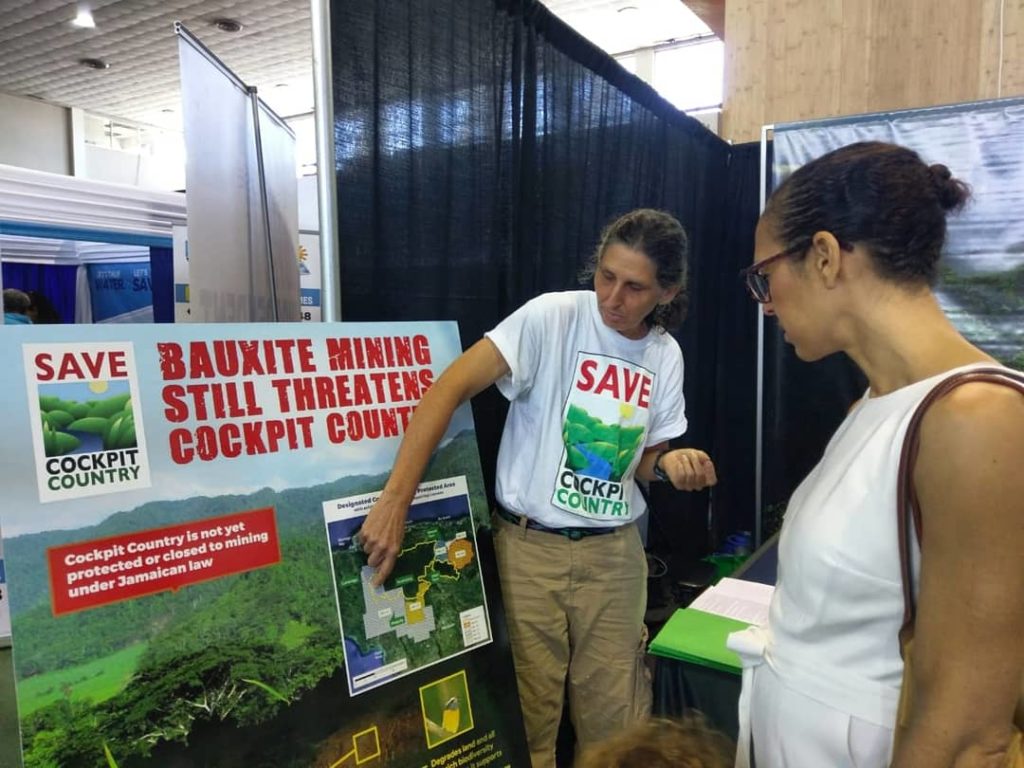
The cockpit country is the largest remaining natural forest in Jamaica, supplies about 40 per cent of Jamaica’s freshwater needs and is home to many endemic plants and animals. It is also an important cultural and historical site for Jamaicans, particularly the Maroons, and is important for climate resilience.
Bauxite mining in Cockpit Country would remove the deep soils for which forests and agricultural livelihoods depend, compromise air quality, harm the health and wellbeing of thousands of Jamaican citizens and risk important water resources.
Evidence supporting EIA rejection
In justifying their rejection of the EIA, the environmentalists say reviewed many submissions made by a range of stakeholders to NEPA in 2020, including local residents, Jamaicans of all walks of life, academia, experts in karst topography, hydrogeology and biodiversity “and we found virtually no effort to address these serious deficiencies in the Corrigenda EIA Report, also on NEPA’s website, which appears to be the only response to the issues raised.”
“One of the most significant issues which remains unaddressed is the question of the risk posed by bauxite mining in the area delineated by Special Mining Lease (SML) 173 to underground water supplies in the watershed protection area of a major river, the Rio Bueno,” the group highlighted.
They pointed to an earlier version of the EIA, where there was a map on Page 5 of 25 (Figure 5-15) showing the proven underground flows from Cave River Sink and The Volcano to the Dornoch Head rising, established by dye tracing studies.
The environmental lobbyists report, “This critical map has been removed from the final version of the EIA and replaced with a map of fault lines with none of the proven underground flow lines included. We cannot understand why this was done.”
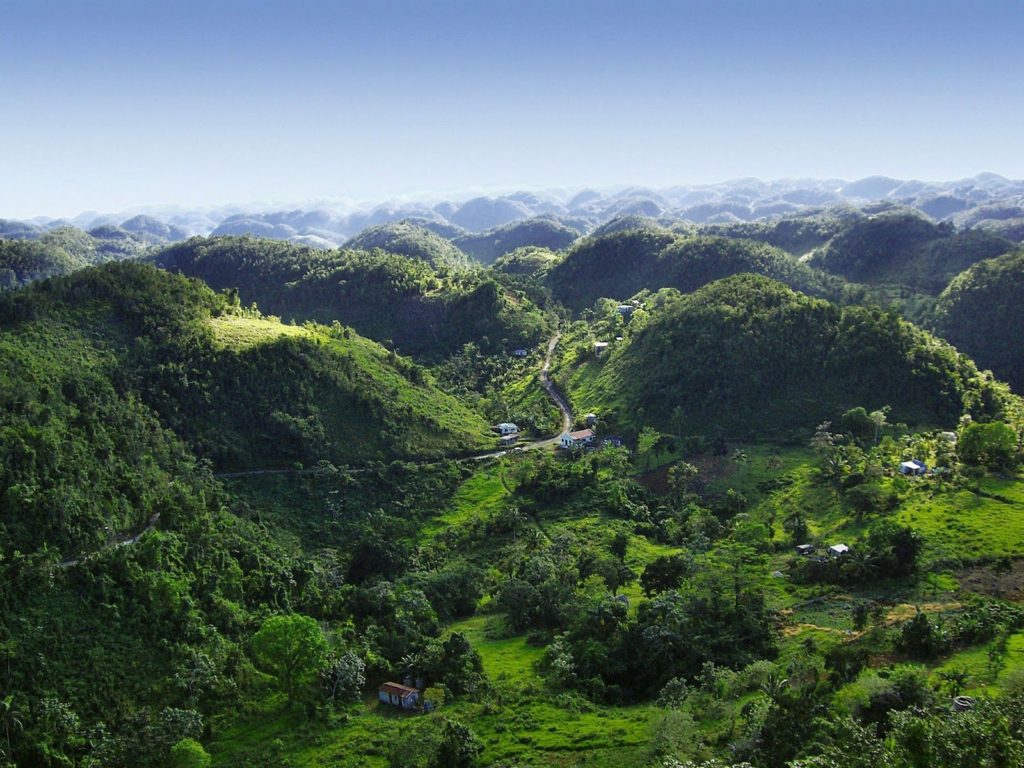
They asked if the public is to assume therefore that since no other observable changes were made to the EIA apart from those listed in the Corrigenda EIA Report are the only concerns that were submitted to the EIA Consultants?
They further queried if these were the only comments that NEPA found to be worthwhile, noting that the document now on NEPA’s website headed “Final EIA” does not seem to mention the public consultations held in December 2020, or the outcry which followed.
Jamaica Environmental Trust CEO, Dr Theresa Rodriguez-Moodie remarked, “I am hoping there is some error with what has been posted as the Final EIA. We have tried to determine why the EIA remains largely the same considering that so many comments were submitted regarding its robustness, but we have not yet received an official response from NEPA.”
She argued that, “SML 173 should never have been granted before the required environmental permit was considered and an environmental permit should not be granted in the absence of a robust and scientifically sound EIA.”


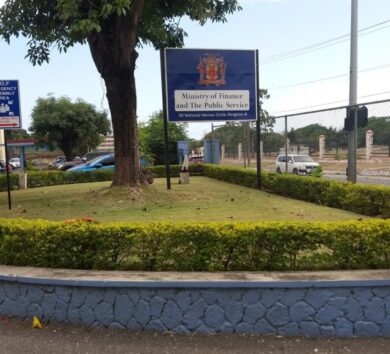


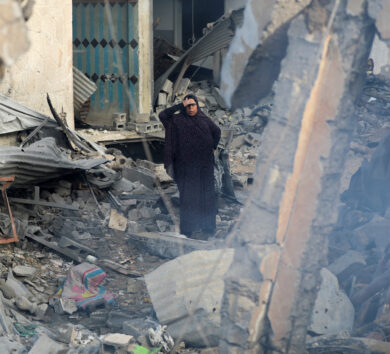

Comments